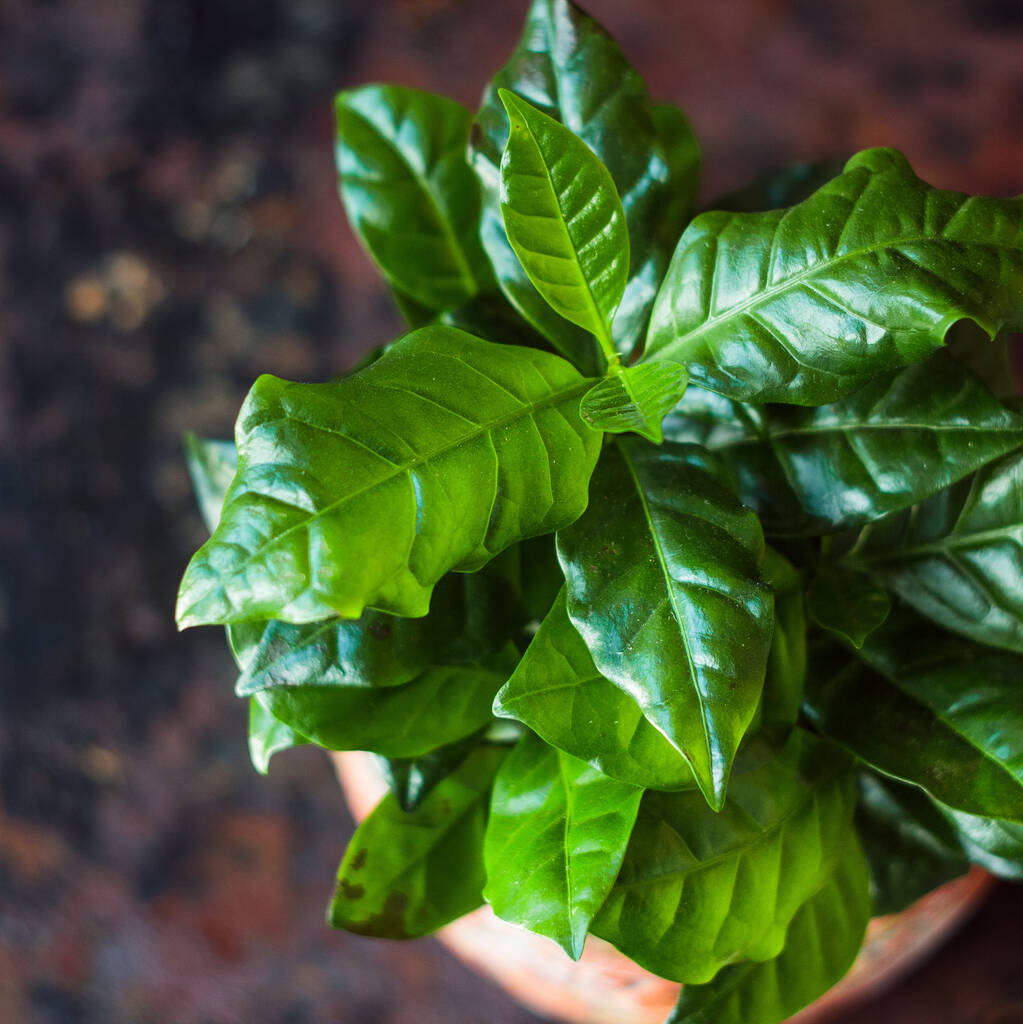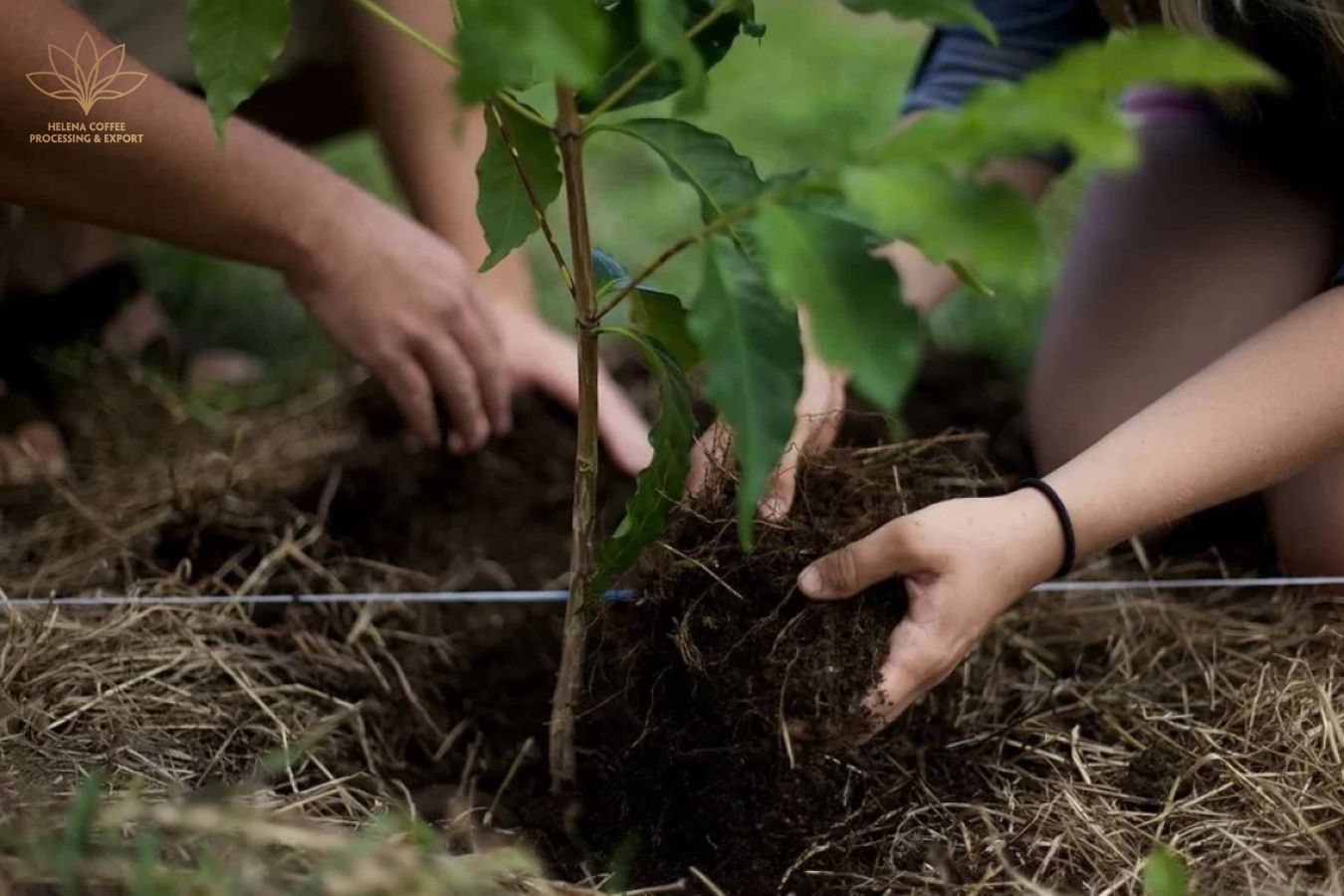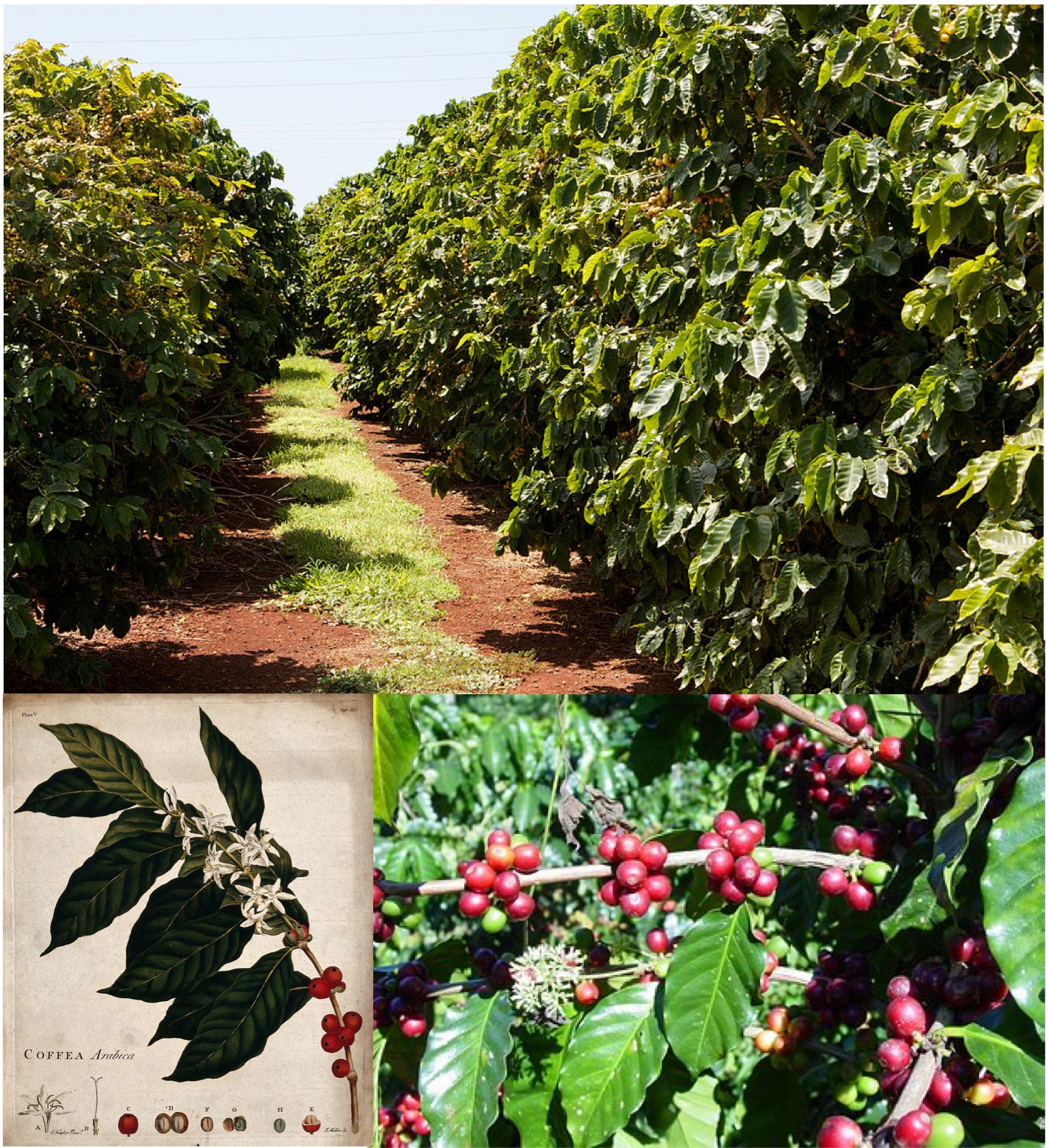Unlocking the Secrets of Homegrown Coffee
Growing your own coffee at home can be a rewarding and cost-effective way to enjoy freshly brewed coffee. With the right conditions and care, coffee plants can thrive in various environments, providing a bountiful harvest of high-quality coffee beans. The concept of homegrown coffee has gained popularity in recent years, as coffee enthusiasts seek to experience the unique flavors and aromas of freshly roasted coffee. But can you grow your own coffee? The answer is yes, and with the right guidance, anyone can cultivate their own coffee oasis.
Coffee plants are relatively low-maintenance and can be grown in a variety of settings, from indoor containers to outdoor gardens. However, to ensure optimal growth and flavor, it’s essential to provide the right conditions, including adequate sunlight, water, and nutrients. By understanding the specific needs of coffee plants, growers can create an environment that fosters healthy growth and maximizes yields.
One of the primary benefits of growing your own coffee is the ability to control the quality and flavor of the final product. Commercial coffee is often mass-produced and may contain additives or preservatives that can affect the taste and aroma. In contrast, homegrown coffee allows growers to carefully select and process their beans, resulting in a more nuanced and complex flavor profile. Additionally, growing your own coffee can be a fun and educational experience, providing an opportunity to learn about the science and art of coffee production.
While growing coffee at home may seem daunting, it’s a relatively straightforward process that requires minimal equipment and expertise. With the right guidance and resources, anyone can successfully cultivate their own coffee plants and enjoy the many benefits of homegrown coffee. Whether you’re a seasoned coffee connoisseur or just starting to explore the world of specialty coffee, growing your own coffee can be a rewarding and delicious experience.
Choosing the Right Coffee Plant Variety for Your Climate
When it comes to growing coffee at home, selecting the right coffee plant variety is crucial for success. With over 100 coffee plant species, each with its unique characteristics and requirements, choosing the right variety can be overwhelming. However, by understanding the specific climate and conditions of your region, you can narrow down your options and select a variety that thrives in your environment.
Coffee plants are generally classified into two main categories: Arabica and Robusta. Arabica plants are more sensitive to temperature and humidity, requiring cooler temperatures and well-defined wet and dry seasons. Robusta plants, on the other hand, are more robust and can tolerate higher temperatures and humidity levels. If you live in a region with mild winters and cool summers, Arabica may be the better choice. However, if you live in a region with hot and humid summers, Robusta may be more suitable.
In addition to the main species, there are several coffee plant varieties that are specifically bred for certain climates and conditions. For example, the ‘Kona’ variety is well-suited for regions with mild winters and cool summers, while the ‘Colombian Supremo’ variety is more tolerant of cooler temperatures and higher altitudes. By researching the specific climate and conditions of your region, you can select a coffee plant variety that is well-suited for your environment.
When selecting a coffee plant variety, it’s also essential to consider factors such as temperature, humidity, and sunlight. Coffee plants generally require temperatures between 60°F and 80°F (15°C and 27°C), with average humidity levels of 60-80%. They also require partial shade, especially in warmer climates, to prevent scorching. By understanding the specific requirements of your coffee plant variety, you can provide the optimal conditions for healthy growth and maximize yields.
Ultimately, choosing the right coffee plant variety is a critical step in growing coffee at home. By researching the specific climate and conditions of your region and selecting a variety that is well-suited for your environment, you can ensure a healthy and productive coffee plant that provides you with a bountiful harvest of high-quality coffee beans.
How to Plant and Care for Your Coffee Seedlings
Once you’ve selected the right coffee plant variety for your climate, it’s time to plant and care for your coffee seedlings. Planting coffee seedlings requires careful attention to detail, as they are sensitive to temperature, humidity, and light. To ensure optimal growth, follow these steps:
Soil Preparation: Coffee plants prefer well-draining, acidic soil with a pH between 5.5 and 6.5. Mix in organic matter such as compost or manure to improve soil fertility and drainage.
Planting: Plant coffee seedlings in a location with partial shade, especially in warmer climates. Dig a hole that is twice as wide and just as deep as the seedling’s root ball. Gently remove the seedling from its container and place it in the hole, making sure the soil level is the same as it was in the container. Water thoroughly and mulch around the base to retain moisture.
Watering: Coffee plants require consistent moisture, especially during the first year after planting. Water your coffee seedlings regularly, but avoid overwatering, which can lead to root rot. Aim to provide about 1 inch of water per week, either from rainfall or irrigation.
Fertilization: Feed your coffee seedlings with a balanced fertilizer (10-10-10 NPK) during the growing season (spring-fall). Dilute the fertilizer to half the recommended strength to avoid burning the roots. You can also use organic fertilizers such as fish emulsion or compost tea.
Pruning: Prune your coffee seedlings regularly to promote healthy growth and encourage a strong root system. Remove any weak or spindly growth, and trim back the tips of the branches to encourage branching.
By following these steps, you can provide your coffee seedlings with the optimal conditions for healthy growth and development. Remember to monitor your plants regularly and adjust your care routine as needed to ensure the best possible results.
As your coffee seedlings grow and mature, you’ll need to continue providing them with the right conditions to thrive. This includes pruning, fertilizing, and protecting them from pests and diseases. With proper care and attention, your coffee plants will reward you with a bountiful harvest of delicious, homegrown coffee.
Understanding Coffee Plant Nutrition and Fertilization
Coffee plants require a balanced diet of essential nutrients to grow and thrive. Understanding the nutritional needs of your coffee plants is crucial for optimal growth, yield, and flavor. Coffee plants require a mix of macronutrients and micronutrients, which can be provided through fertilization.
Macronutrients: Coffee plants require three primary macronutrients: nitrogen (N), phosphorus (P), and potassium (K). Nitrogen promotes leaf growth and development, phosphorus supports root growth and flower production, and potassium helps with overall plant health and resistance to disease.
Micronutrients: In addition to macronutrients, coffee plants also require micronutrients like calcium, magnesium, and sulfur. These micronutrients play a crucial role in plant growth and development, and deficiencies can lead to reduced yields and poor flavor.
Fertilization: Fertilizing your coffee plants can be done using organic or synthetic options. Organic fertilizers like compost, manure, and fish emulsion release nutrients slowly, promoting healthy soil biota and reducing the risk of over-fertilization. Synthetic fertilizers, on the other hand, provide a quick burst of nutrients but can lead to soil degradation and environmental pollution if overused.
Best Fertilization Practices: To fertilize your coffee plants effectively, follow these best practices:
Soil Test: Conduct regular soil tests to determine the nutrient levels in your soil. This will help you identify any deficiencies and adjust your fertilization schedule accordingly.
Fertilize Regularly: Fertilize your coffee plants regularly, but avoid over-fertilizing. A balanced fertilizer (10-10-10 NPK) applied every 2-3 months is a good starting point.
Use Organic Options: Consider using organic fertilizers, which release nutrients slowly and promote healthy soil biota.
Monitor Plant Response: Monitor your coffee plants’ response to fertilization and adjust your schedule as needed. If you notice any signs of over-fertilization, such as leaf burn or reduced growth, reduce the frequency or amount of fertilizer applied.
By understanding the nutritional needs of your coffee plants and following best fertilization practices, you can promote healthy growth, increase yields, and enjoy a bountiful harvest of delicious, homegrown coffee.
Pest and Disease Management for Coffee Plants
Coffee plants are susceptible to various pests and diseases that can affect their growth, yield, and quality. Effective pest and disease management is crucial to ensure the health and productivity of your coffee plants. Here are some common pests and diseases that can affect coffee plants and tips on how to manage them:
Coffee Berry Borer: The coffee berry borer is a small beetle that can cause significant damage to coffee plants. To manage this pest, use integrated pest management (IPM) strategies such as removing infested berries, using insecticides, and practicing good sanitation.
Coffee Leaf Rust: Coffee leaf rust is a fungal disease that can cause yellowing and premature defoliation of coffee leaves. To manage this disease, use fungicides, remove infected leaves, and practice good sanitation.
Root Rot: Root rot is a fungal disease that can cause coffee plants to become stunted and unproductive. To manage this disease, use fungicides, improve soil drainage, and practice good sanitation.
Organic Control Methods: In addition to using chemical pesticides and fungicides, there are several organic control methods that can be used to manage pests and diseases in coffee plants. These include:
Neem Oil: Neem oil is a natural insecticide that can be used to control a wide range of pests, including the coffee berry borer.
Garlic Spray: Garlic spray is a natural fungicide that can be used to control fungal diseases such as coffee leaf rust.
Companion Planting: Companion planting involves planting certain plants alongside coffee plants to repel pests and diseases. For example, basil can be planted alongside coffee to repel pests such as the coffee berry borer.
Biological Control: Biological control involves using living organisms to control pests and diseases. For example, beneficial insects such as ladybugs and lacewings can be used to control pests such as aphids and whiteflies.
By using these pest and disease management strategies, you can help ensure the health and productivity of your coffee plants and enjoy a bountiful harvest of high-quality coffee.
Pruning and Training Your Coffee Plant for Optimal Yield
Pruning and training your coffee plant is essential for promoting healthy growth, increasing yields, and facilitating harvesting. Pruning involves removing certain branches or leaves to control the plant’s shape and size, while training involves guiding the plant’s growth to optimize its structure and productivity.
Why Prune Your Coffee Plant?: Pruning your coffee plant helps to:
Control the plant’s size and shape, making it easier to harvest and maintain.
Promote healthy growth by removing diseased or damaged branches.
Increase yields by encouraging the plant to produce more fruiting branches.
Improve air circulation and reduce the risk of disease.
Techniques for Pruning Your Coffee Plant:
Remove any dead, diseased, or damaged branches to prevent the spread of disease and encourage healthy growth.
Remove any weak or spindly growth to promote a strong and vigorous plant.
Thin out the plant’s canopy to allow more sunlight to reach the fruiting branches.
Prune the plant’s roots to control its size and promote healthy growth.
Training Your Coffee Plant:
Use stakes or trellises to support the plant’s growth and keep it upright.
Train the plant’s branches to grow along a trellis or other support system.
Use pruning techniques to control the plant’s shape and size.
Monitor the plant’s growth and adjust your pruning and training techniques as needed.
By pruning and training your coffee plant, you can promote healthy growth, increase yields, and enjoy a bountiful harvest of high-quality coffee. Remember to prune and train your plant regularly to maintain its optimal shape and size.
Harvesting and Processing Your Homegrown Coffee
Harvesting and processing your homegrown coffee is an exciting step in the coffee-growing journey. With proper techniques, you can bring out the best flavor and quality in your coffee beans. Here’s a step-by-step guide on how to harvest and process your homegrown coffee:
Picking: Coffee cherries are typically ready to be picked when they are bright red, yellow, or purple, depending on the variety. Use scissors or a picking tool to carefully remove the cherries from the plant, taking care not to damage the fruit or the plant.
Pulping: After picking, remove the outer skin and pulp of the coffee cherry using a pulping machine or a manual pulper. This will help to break down the mucilage and make it easier to dry the beans.
Fermenting: Transfer the pulped coffee to a fermentation tank or a container with a lid. Allow the coffee to ferment for 24-48 hours, depending on the temperature and the desired flavor profile. This step helps to break down the mucilage and develop the flavor and aroma of the coffee.
Drying: After fermentation, transfer the coffee to a drying surface or a drying machine. Dry the coffee to a moisture level of 11%, either by sun drying, machine drying, or a combination of both.
Hulling: Once the coffee is dry, remove the parchment layer using a hulling machine or a manual huller. This will leave you with green coffee beans.
Sorting and Grading: Sort and grade the green coffee beans by size and quality to ensure that you have a consistent product.
Roasting: Finally, roast your green coffee beans to bring out the desired flavor and aroma. You can use a home coffee roaster or take your beans to a professional roaster.
By following these steps, you can harvest and process your homegrown coffee with confidence. Remember to always follow proper food safety guidelines and handling techniques to ensure that your coffee is of the highest quality.
Troubleshooting Common Issues with Growing Coffee at Home
Growing coffee at home can be a rewarding experience, but it’s not without its challenges. Here are some common issues that may arise when growing coffee at home, along with some troubleshooting tips and solutions:
Pests: Coffee plants can be susceptible to pests such as coffee berry borer, coffee leaf rust, and root rot. To manage pests, use integrated pest management (IPM) strategies such as removing infested berries, using insecticides, and practicing good sanitation.
Diseases: Coffee plants can also be affected by diseases such as coffee leaf rust, coffee berry disease, and root rot. To manage diseases, use fungicides, remove infected leaves, and practice good sanitation.
Environmental Stressors: Coffee plants can be sensitive to environmental stressors such as temperature fluctuations, drought, and excessive rainfall. To manage environmental stressors, provide optimal growing conditions, use mulch to retain moisture, and avoid overwatering.
Nutrient Deficiencies: Coffee plants require a balanced diet of nutrients to grow and thrive. To manage nutrient deficiencies, use a balanced fertilizer, and monitor soil pH and nutrient levels.
Common Issues with Coffee Plants:
Yellowing Leaves: Yellowing leaves can be a sign of nutrient deficiencies, pests, or diseases. Check the soil pH and nutrient levels, and inspect the plant for pests or diseases.
Wilting: Wilting can be a sign of underwatering or overwatering. Check the soil moisture levels, and adjust watering schedules accordingly.
Slow Growth: Slow growth can be a sign of nutrient deficiencies, pests, or diseases. Check the soil pH and nutrient levels, and inspect the plant for pests or diseases.
By being aware of these common issues and taking steps to prevent and manage them, you can help ensure the health and productivity of your coffee plants.






